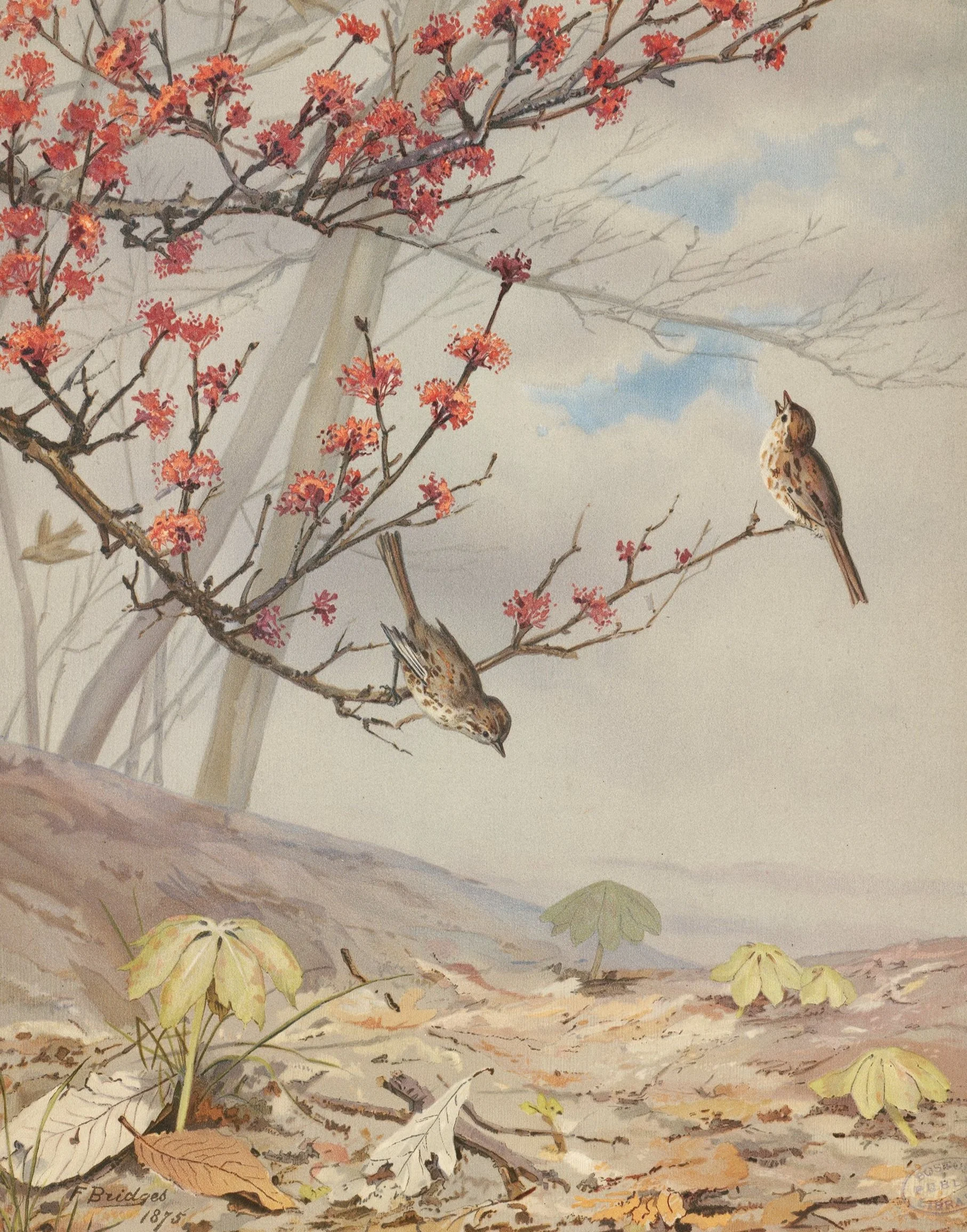Filling in the gaps: Publishing books on women artists
By Meris Ryan-Goff
‘High-profile’, ‘cultural heroine’, ‘feminist’… you may be surprised to hear these words applied to women artists of the pre-modern period rather than artists of the 20th and 21st centuries. There is a story to be told of women artists whose success and renown defy the established narrative of an absence of women in the history of art. Thankfully, there is a vital movement underway among researchers, museums, collectors, and the wider art world to recognise, make evident and contextualise the contributions of women artists – and Lund Humphries is responding to this move!
So why has this cultural renown of successful women artists from history not been passed down through the ages? By publishing books that focus on such artists, we begin to address this gap in the art-historical canon, and help art lovers today learn about these histories. Women’s History Month therefore seemed like the perfect opportunity for Athena Art Foundation and Lund Humphries to draw attention to some of these omissions, and significantly, to highlight some of the work being done to fill in the gaps and rebalance the history of art.
Written for general readers as well as for specialists, Lund Humphries’ Illuminating Women Artists series, co-published with Getty in North America, focuses on important but neglected women artists from the Renaissance to the 18th century. Many of the women represented by the volumes were celebrated professional artists in their own eras, yet their names and works have not been passed down in the history of art. As the first series dedicated to correcting this exclusion, the books interweave established conclusions with exciting new discoveries to reframe how women’s artistic production is approached and understood. Reframing the historical narrative to include women is also a key motivating factor in other Lund Humphries books on the history of art – in particular, for new titles Women Artists in the Reign of Catherine the Great, Susie M. Barstow and Fidelia Bridges in our Northern Lights series. These books emphasise the important contribution of women to various areas of the arts: from patronage, to the development of artistic movements (like the Hudson River School), or to the status of certain subjects or media (like botanical drawings, or commercial illustration).
Here are some examples of amazing women artists who feature in our series…
Artemisia Gentileschi
Italian artist Artemisia Gentileschi (1593-c.1654) – now finally receiving the recognition her talent deserves (largely thanks to recent exhibitions, including at the National Gallery, London) – had a ‘remarkably lucrative and high-profile career’. And author Sheila Barker points out her progressive views, explaining that Artemisia demonstrated an ‘enterprising and original engagement with emerging feminist notions of the value and dignity of womanhood’.
Elisabetta Sirani
Baroque artist Elisabetta Sirani of Bologna (1638-1665) was one of the most innovative and prolific artists of the Bolognese School. Not only a painter, she was also a printmaker and a teacher, founding the first Academy for female painters in Europe. She is described by author Adelina Modesti, as having immense ‘professional ambition’, and, despite her untimely death at just 27, succeeded in ‘self-fashioning as Bologna’s pre-eminent cultural heroine’.
luisa roldán
Spanish sculptor Luisa Roldán (1652–1706) was also successful in her own right, being awarded the title of Sculptor to the Royal Chambers of two kings of Spain, Charles II and Philip V.
Rosalba Carriera
Venetian artist Rosalba Carriera (1673-1757), whose pastel works and miniatures were exquisite, was one of the most famous women artists in 18th-century Europe. This year marks the 350th anniversary of her birth. Dresden’s Gemäldegalerie Alte Meister celebrates with a major solo exhibition, The Elegant Encounters: Rosalba Carriera—Pastel Perfection, set to open in early June.
Fidelia Bridges
Later, in the United States, Fidelia Bridges (1834-1923) can be credited with ‘transforming flower painting from a domestic outlet for female amateurs to a marketable commodity for professionals’. Author Katherine Manthorne asserts, ‘she never wavered in her conviction that women had the right to shape independent careers on their own terms.’
To celebrate Women’s History Month, Lund Humphries are offering 20% off all books on Women in the Arts
and apply the code WHM20 at checkout!
March 2023





